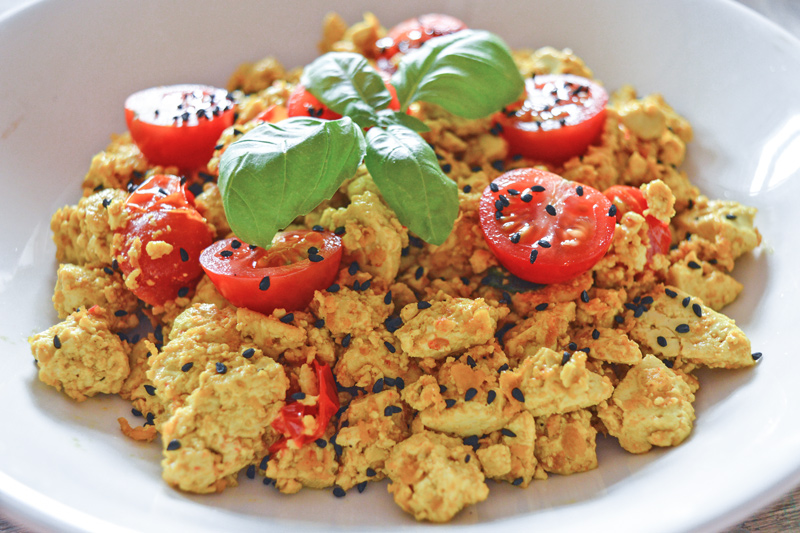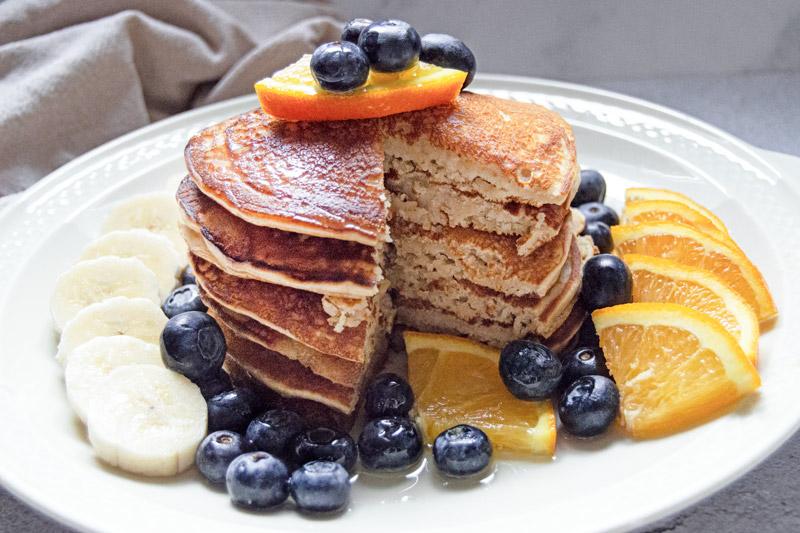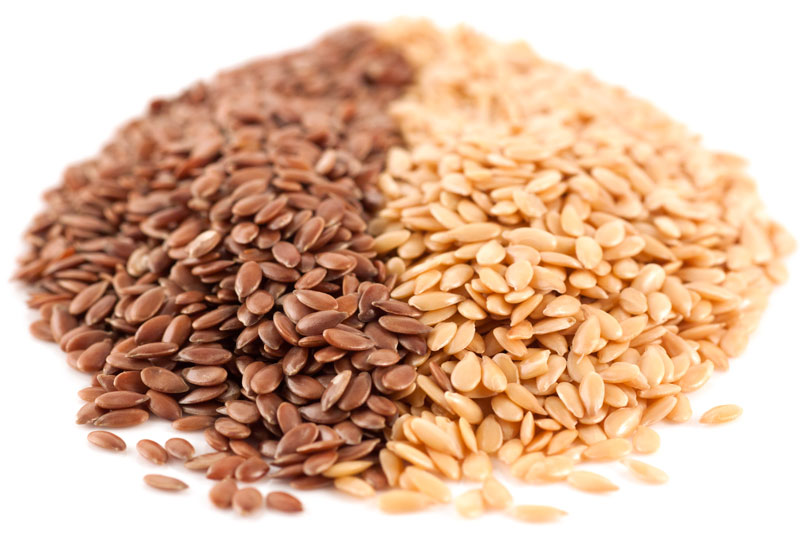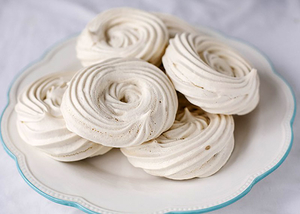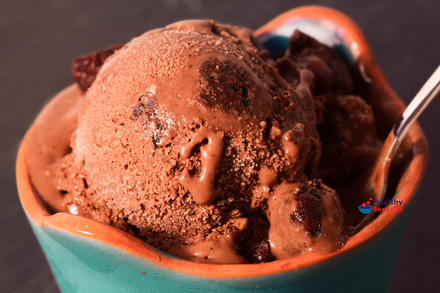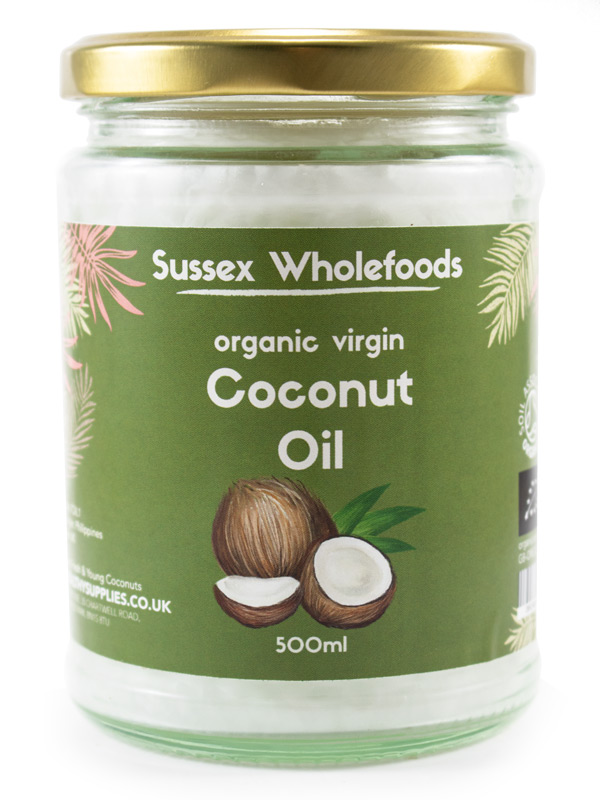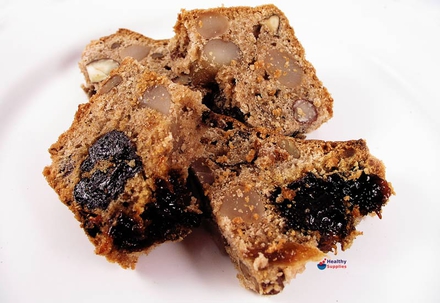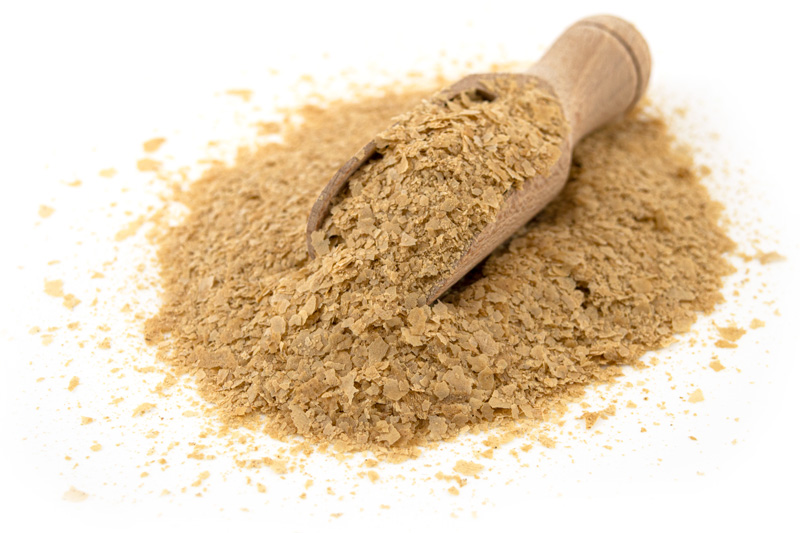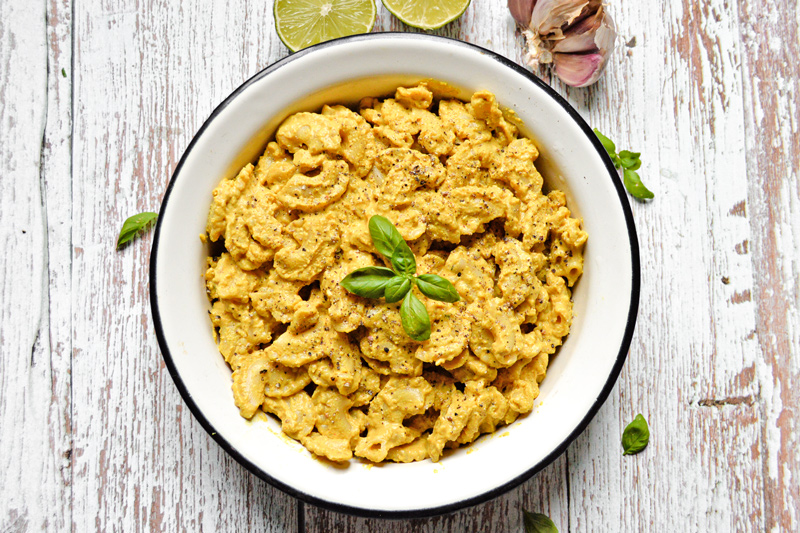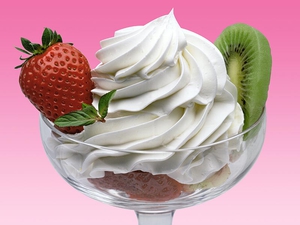Top 10 Vegan Cooking Hacks
It can seem daunting changing to a vegan lifestyle. Whether you’re doing it for health reasons, to reduce your carbon footprint, because you no longer want a part in the cruelty inflicted on the animal kingdom by humans, or all of the above, it requires various lifestyle changes to ensure you are no longer using anything sourced from animals.
Even before you get to the kitchen, you’ll have jettisoned your leather belts and shoes, cleared the cleaning cupboard of beeswax polish and made sure there are no more fish oil capsules in the medicine cabinet. In the kitchen, for new vegans, it quickly becomes apparent just how closely intertwined animal products have become with our modern-day eating habits – there are all kinds of substances sourced from animals in everyday use. There’s isinglass, a type of gelatin made from fish bladders which is commonly used in wine production; there’s gelatin from the bones and hides of pigs and cows, which is often used in puddings, yoghurt and all kinds of confectionery, and then there’s the omnipresent red food colouring carmine, also called cochineal and known by the code E120, which is (rather gruesomely) sourced from a small insect with scales.
With so many familiar products ruled out, the vegan cook has to be canny and have a repository of new skills to navigate their eating regime. But not to worry, there are so many plant-based options that yield similar or in some cases better results than traditional cooking techniques. Whether you’ve gone vegan or would like to cook for a vegan friend or family member, here’s a top ten list of cooking hacks which have proved invaluable for animal-free eating….
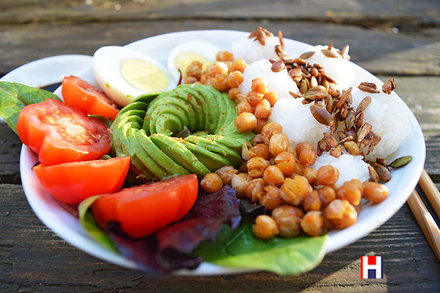
With a few simple ingredients at your fingertips, you can sit down to a lovely breakfast of scrambled ‘eggs’ regularly without using anything from anything that has ever clucked or pecked! Chickpea Flour or Tofu is often used as the base of the dish, and clever additions such as Turmeric (for the yellow colour) and Kala Namak or ‘black salt’ (for its ‘eggy’ smell, which comes from its high sulphide content) are regularly used to replicate the look, smell, taste and mouth feel of regular scrambled eggs. Why not try our recipe for Tofu Scramble with Tomatoes & Basil?
Once you’ve stopped using eggs, you have to harness other ways of adding ‘lift’ to your cakes and bakes! Always make sure you have a good supply of Baking Powder in your kitchen cupboard, as it’s this which can lift even the most dense mixes. You can also buy some fantastic Egg Replacers which are very handy to have on standby. Soon you’ll be whizzing up great things like these delicious Vegan American Style Pancakes!
Flax and Chia are invaluable tools for the vegan baker as they also make superb egg substitutes. Simply mix one tablespoon of flaxseed or chia with three tablespoons of water. Leave it for a quarter of an hour to thicken up, and it can then be used in cakes and bakes in place of one egg. Not only will you reduce the calories in your recipe by cutting out the egg – you’ll also add the impressive nutrition from these tiny seeds. Flax contains heart-healthy, cancer-fighting compounds called lignans, while chia seeds are an excellent source of minerals and are loaded with fibre and antioxidants.
Aquafaba is the liquid commonly found inside tins of Chickpeas and other pulses. It contains a high proportion of protein as a result of sitting with the pulses. This gives it properties remarkably similar to egg whites, which means it can be used for many of the same things. It can be whipped into peaks, which makes it fantastic for use in meringue recipes, as well as all kinds of cakes, waffles, macarons, mousses and marshmallows.
Ice cream is no problem to make if you’re vegan. The simplest method for a bowl of creamy cold lushness is to freeze peeled, sliced ripe bananas before whizzing them up in a food processor with some Cocoa or Cacao powder and hey presto – instant, delicious chocolate ice cream! You can also harness the power of Cashews and Milk Alternatives to make wonderful desserts like our Strawberry Cashew Ice Cream or this completely awesome Dairy-Free Hazelnut Ice Cream.
For cooks used to cooking and baking with butter, making the change to vegan fats can be tricky. Coconut Oil is ubiquitous in vegan cooking. It’s prized for its healthy saturated fats, called triglycerides, but mainly for its remarkable properties – because of its relatively low melting point, it seems to firm up exactly when it needs to, making it perfect for solidifying ‘no-bake bakes’ and biscuity bases.
If substituting coconut oil for butter in a recipe, use one quarter less coconut oil than the recipe calls for, as coconut oil contains more fat solids. And for those who don’t want any coconut flavour or aroma, there’s even a ‘Deodorised’ Coconut Oil with all coconut odour and aroma removed.
Get to grips with healthy fat replacers
If butter is the only fat in the house and all the shops are shut, don’t despair! There are plenty of ways you can replace fat in a recipe without having to use dairy. A puree made from Avocadoes or Bananas is very effective. You can even use Pumpkin, or Apple Sauce! Not only will these methods increase your intake of fruit & veg, they’ll also add fibre and reduce the calories in any recipe.
Dairy cheese is one of the toughest things for vegans to give up, and although vegan cheese is really coming on in leaps and bounds, and huge advances in taste and texture have been made in recent years, its ability to be incorporated into mixes as easily as the animal-produced stuff still needs a bit of work! This is why Nutritional Yeast Flakes are such a godsend to the vegan chef. They don’t sound very appetising, but actually, they’re an excellent ingredient which lend a deep, savoury cheesiness to biscuits, bakes, cheesy sauces and many more dishes. Non-vegans won’t guess there’s no dairy content in your cheese scones! There’s even a type with added B12 to boost the levels of this important vitamin often lacking in vegan diets.
Cashew Nuts really are one of the vegan cook’s best friends. Soak some in plenty of water overnight, then whizz them up until smooth. The wonderful, creamy result can be used as a base for all kinds of brilliant things – we’ve used it as a sweet frosting in our lip-smacking Bean Brownies recipe, and it’s a pivotal ingredient in this gorgeously savoury Herb Cashew Cream Cheese. Or why not delight your family by whipping up a big dish of this delightfully moreish Vegan Mac & Cheese?
Whipped cream needn’t be out of your grasp if you’re a vegan. Simply put a tin of Coconut Cream into the fridge overnight, and the next day add a few drops of Vanilla Extract and whip it up with a hand mixer or a whisk, and hey presto! Perfect whipped cream for your banoffee pie or aquafaba Eton mess.
You can see the entire range of our Cream Alternatives here.

